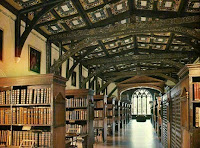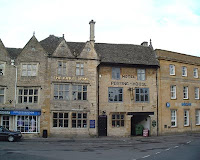All About Covers!

Today I am very excited to post the new cover for my e-book The Secrets of a Courtesan which will be available from MIRA/HMB in May. I think it is beautiful and I hope you like it too. This is the style for the UK covers of my Fortune's Folly books and I really love them! Details of all the books in the series are on my website. Meanwhile in more cover news, the cover of my book The Scandals of an Innocent has been nominated in the Cover Cafe Contest as one of the best book covers of 2009! Click here to take a look. I was thrilled to see covers nominated from two of my UK colleagues, Louise Allen and Jo Beverley. For a look at the full line-up of all nominated covers, click here !








